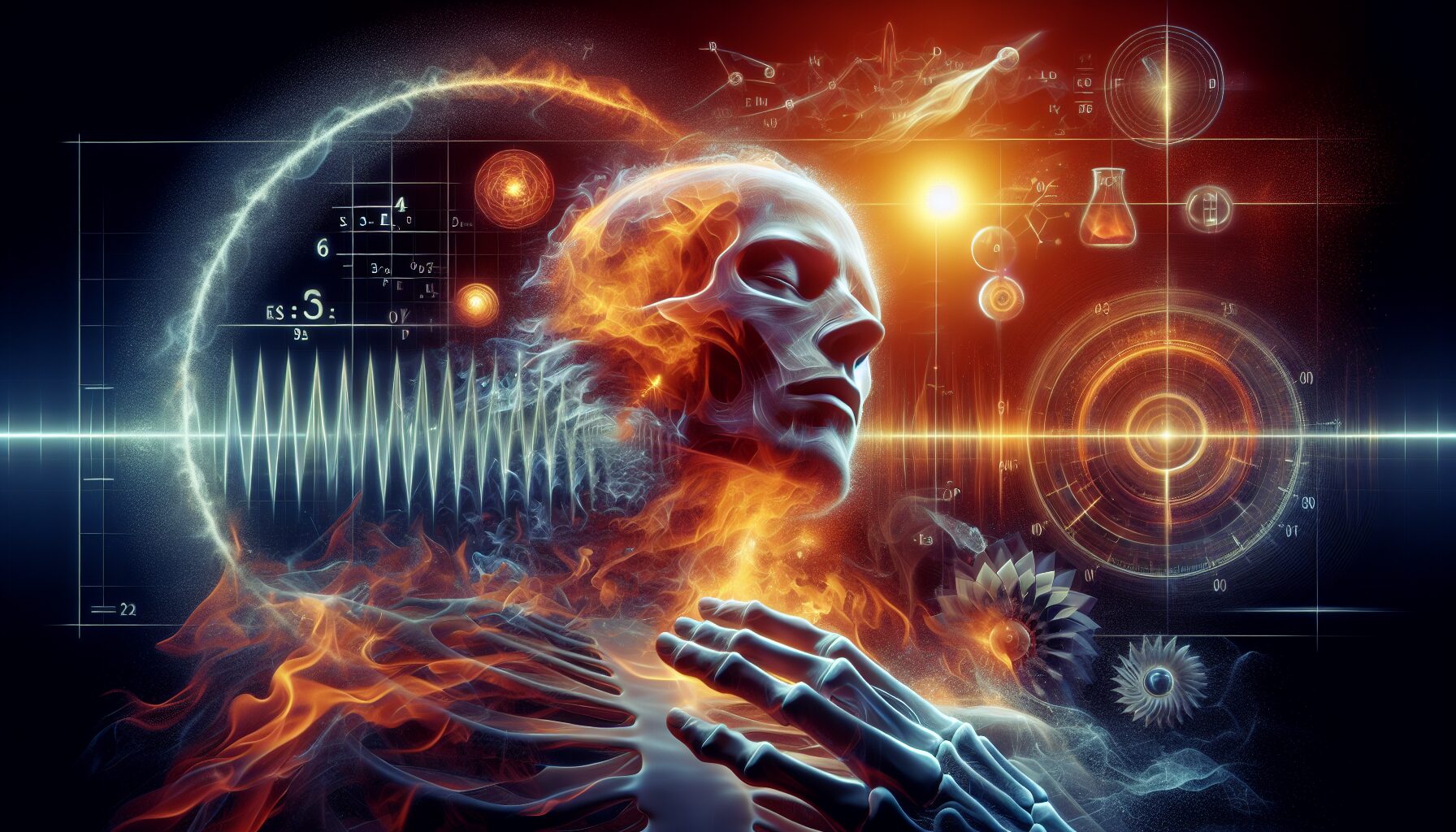The Physics of Dying: Energy, Heat, and the End of Breath
Throughout history, countless scholars, scientists, and philosophers have attempted to understand the complex process of dying. At the core of this universal experience lies the interplay of energy, heat, and breath—fundamental physical elements that define life and, inevitably, signal its cessation.
Energy Transformation
Life, at its most basic level, is a remarkable set of chemical reactions powered by energy. According to the First Law of Thermodynamics, energy in a system is neither created nor destroyed but transformed from one form to another. In living organisms, chemical energy derived from nutrients is converted to kinetic energy, thermal energy, and potential energy, sustaining cellular processes and bodily functions.
As biological age progresses, various physiological changes and external factors lead to a decrease in the efficiency of energy transfer. According to Dr. Sam Parnia, a critical care physician, “As we age, our cellular machinery becomes less effective at repairing damage, leading ultimately to the failure of critical systems” (National Institutes of Health).
Heat Dissipation
Heat is a byproduct of the energy transformation processes occurring in living cells. Our bodies maintain a stable internal temperature, crucial for efficient enzymatic action and metabolic reactions. However, during dying, the body’s regulatory mechanisms struggle to maintain homeostasis, leading to gradual cooling, or algor mortis.
“The metabolic and heat production capacities of the body progressively decline in response to reduced cardiac output and perfusion, signaling the commencement of systemic shutdown.” — Dr. Steven R. Goodman, PhD
The End of Breath
Breath is the rhythmic intake of oxygen and expulsion of carbon dioxide—a critical exchange sustaining life. The cessation of breath, known as apnea, is one of the final indicators of life’s end. As Margaret Pabst Battin, an expert in bioethics, writes, “Respiration reflects the body’s metabolic needs and is the last connection to the environment, to which it ultimately yields” (University of Utah).
The brainstem, responsible for controlling involuntary activities, facilitates this automatic breathing process. During dying, interruptions in brainstem function, possibly from nutritional depletion or accumulated metabolic byproducts, culminate in the irreversible stoppage of breath.
Conclusion
While the physics of dying may initially appear stark and detached, it is fundamentally a reflection of the complex, interwoven processes that sustain and define life. This inevitable transformation, encapsulated through energy change, heat dissipation, and the cessation of breath, embodies a profound natural sequence, marking not only an end but a return to the continuum of energy in the universe.

Comments